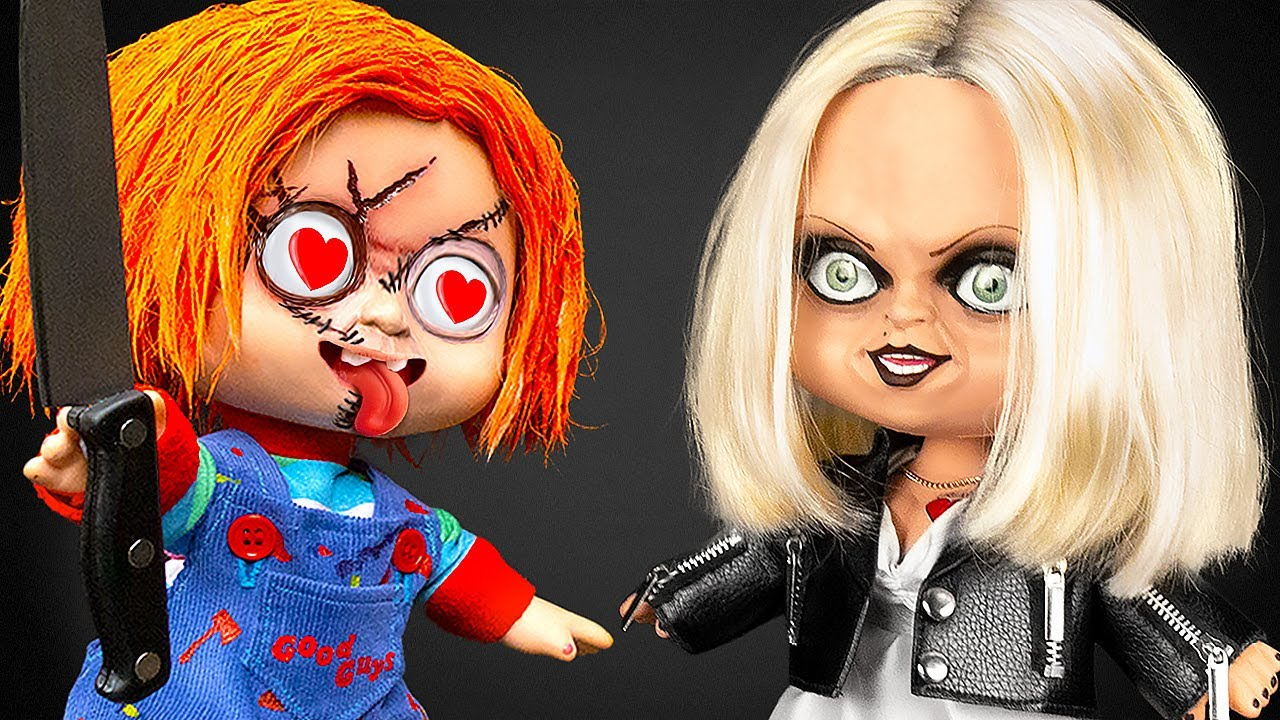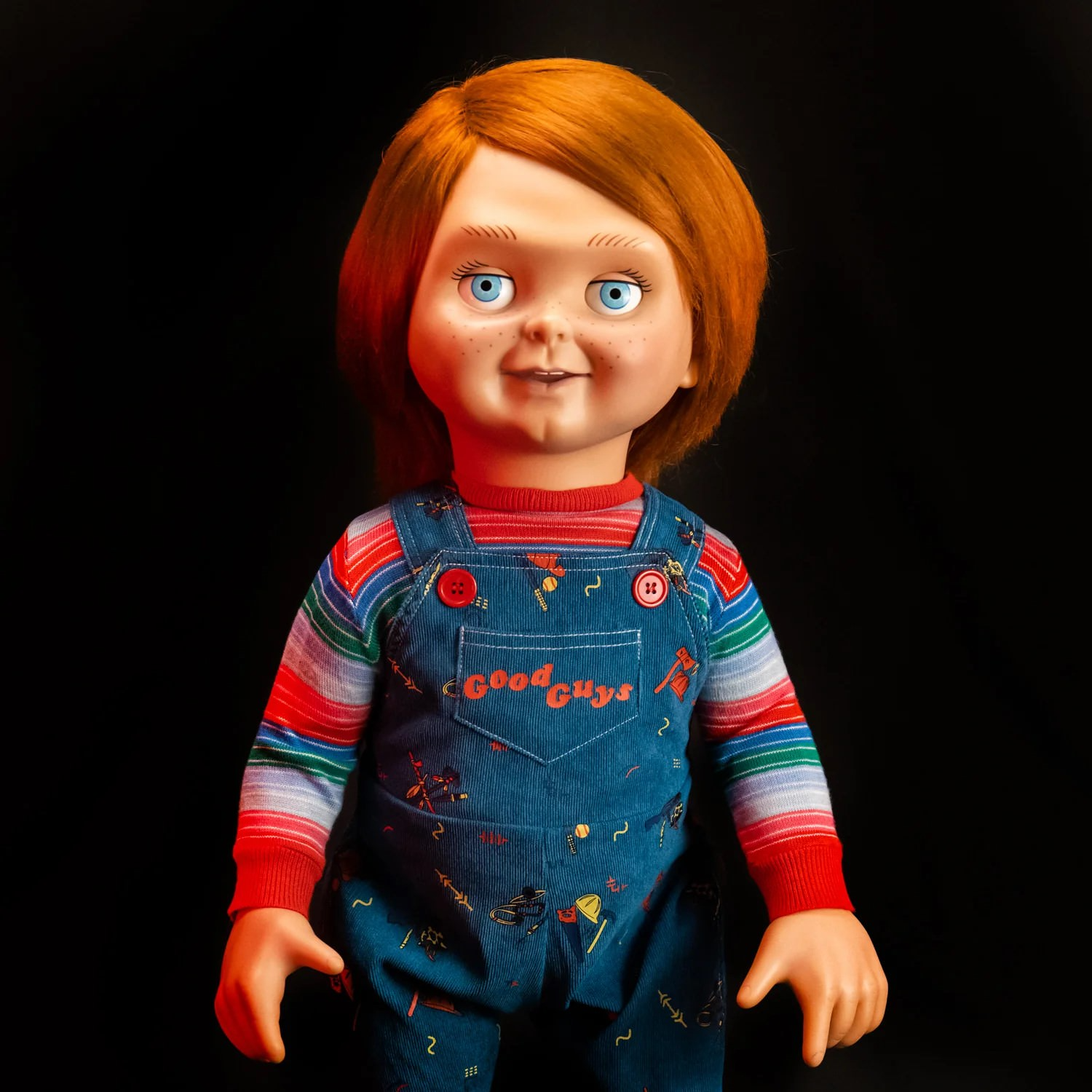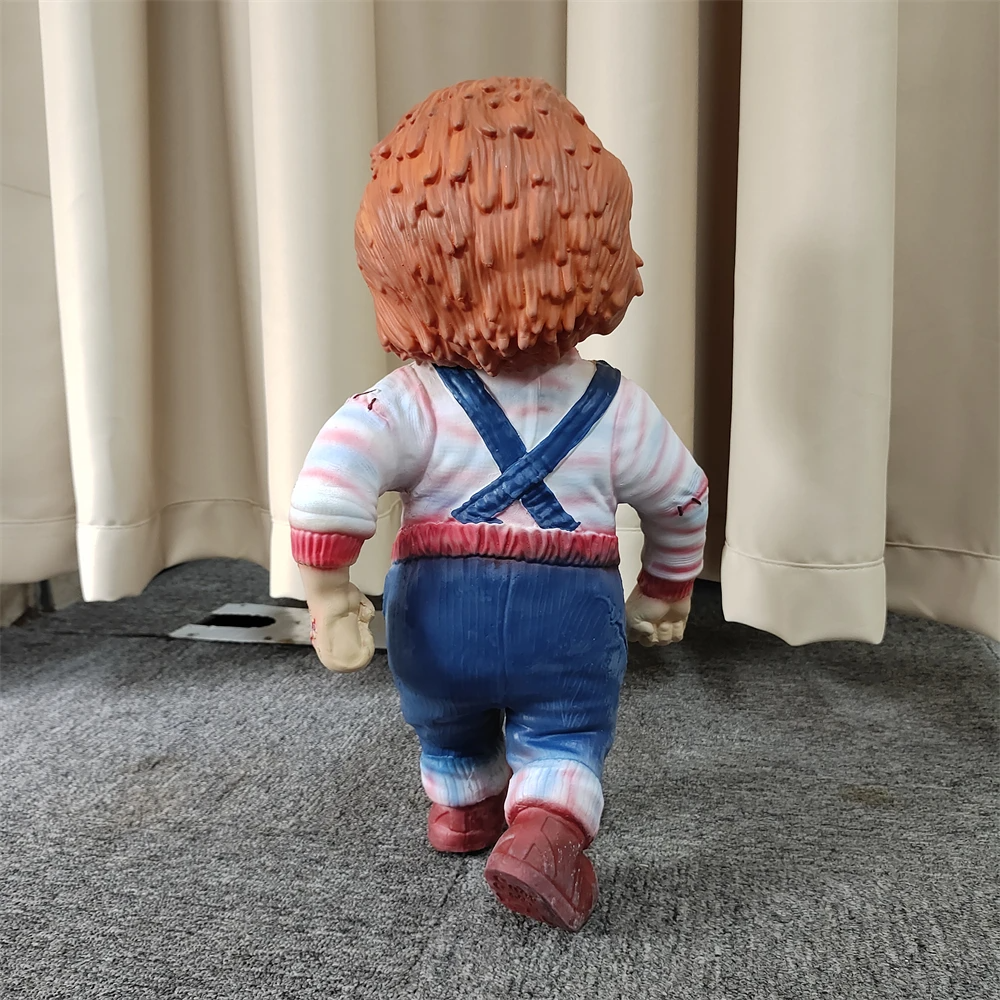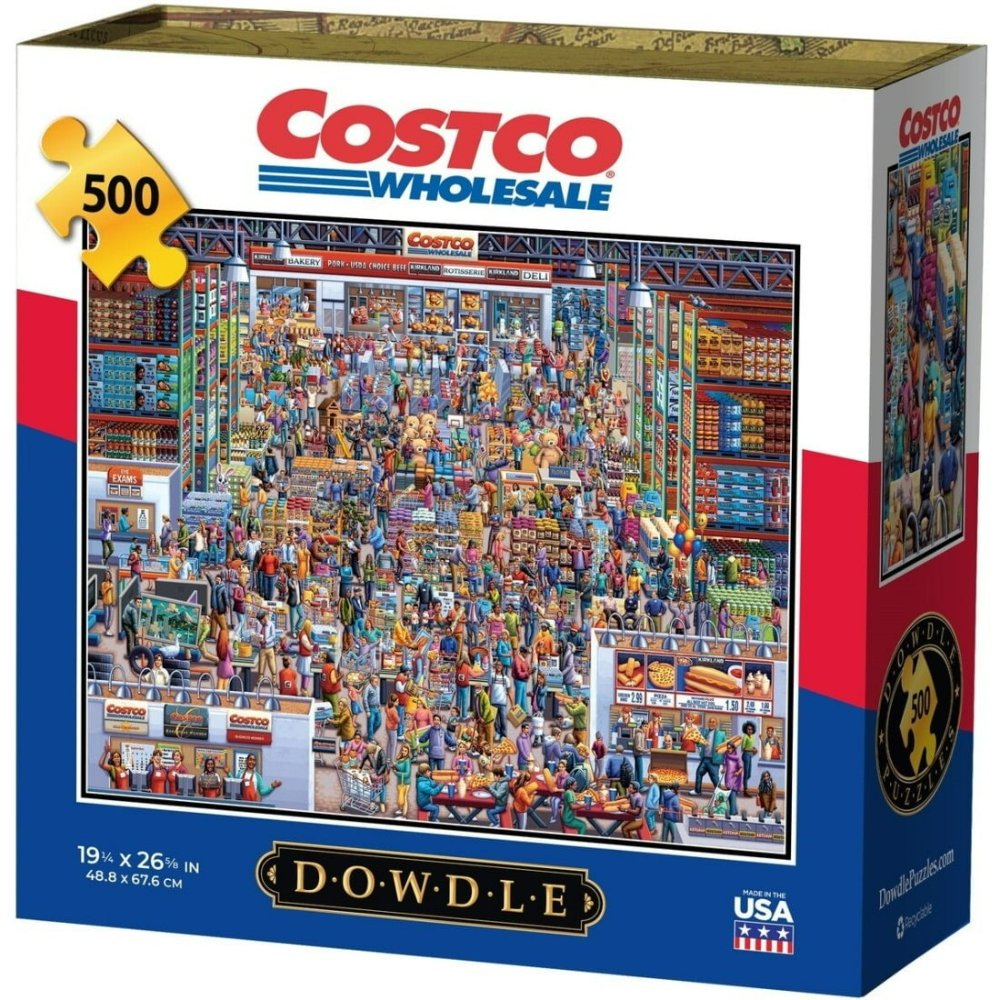In the realm of horror icons, few have left as lasting an impression as Chuckie, the demonic plaything from the “Child’s Play” franchise. Born from the imagination of writer-director Don Mancini in 1988, Chuckie, or Chucky for formalities, transformed the innocuous world of children’s toys into a nightmarish landscape, forever altering how audiences perceive dolls. This in-depth exploration delves into Chuckie’s origins, his chilling impact on pop culture, and the evolution of his character throughout the film series.
Origins: The Birth of a Nightmare
Chuckie’s inception can be traced back to a simple yet terrifying idea: What if a serial killer’s soul could inhabit a child’s toy? Mancini’s genius lay in taking something as innocent and beloved as a doll and twisting it into a conduit for pure evil. The first “Child’s Play” film introduces us to Charles Lee Ray, a murderer known as the Lakeshore Strangler, who, in a desperate attempt to evade death, performs a voodoo ritual to transfer his spirit into a Good Guy doll. Thus, Chuckie is born, a plastic terror with a sinister smirk and a penchant for mayhem.
Design: From Toy Aisle to Horror Hall of Fame
Chuckie’s design played a pivotal role in his ascension to horror stardom. With his bright orange hair, overalls, and striped shirt, he initially appears harmless, resembling countless other dolls lining store shelves. However, it’s his unsettling facial expression—wide-eyed with a hint of malevolence—that sets him apart. The use of practical effects, particularly animatronics and puppetry, brought Chuckie to life with a chilling realism that CGI has yet to fully replicate. His ability to move and speak independently, coupled with Brad Dourif’s unforgettable voice work, imbued Chuckie with a menacing presence that still haunts viewers today.
Impact on Pop Culture: A Legacy of Fear
Chuckie’s influence extends far beyond the cinematic universe he inhabits. He has become a symbol of horror, recognized globally and inspiring countless parodies, merchandise, and even a cult following. His image frequently graces Halloween costumes, and his catchphrase, “Hi, I’m Chuckie! Wanna play?” has been etched into the collective consciousness. Moreover, Chuckie has transcended his villainous roots to become a darkly comedic figure, demonstrating the complexity of his character and the franchise’s ability to blend horror with humor.
Evolution of Character: From One-Dimensional Killer to Multidimensional Antihero
Over the course of seven films and a television series, Chuckie’s character has undergone significant development. Initially portrayed as a straightforward killing machine, subsequent installments revealed layers to his persona. In “Child’s Play 2,” we witness Chuckie’s obsession with possessing Andy, his original owner, showcasing a twisted loyalty. “Bride of Chucky” and “Seed of Chucky” introduced romantic and paternal dimensions respectively, humanizing Chuckie through relationships with Tiffany and later, their offspring, Glen/Glenda. The TV series “Chucky” further explores his backstory, offering glimpses into Charles Lee Ray’s troubled past and Chuckie’s internal struggle between evil and redemption.
The Psychology Behind Chuckie’s Appeal
The appeal of the Chuckie doll, a central character from the horror film series “Child’s Play” and its subsequent adaptations including “Chucky,” can be understood through various psychological lenses. Despite being a terrifying figure, Chuckie has garnered a cult following and even a level of affection from fans. Here are some psychological explanations for this paradoxical appeal:
Fascination with the Forbidden
Humans often have a natural curiosity towards things that are deemed scary or forbidden. The fear induced by Chuckie, a malevolent doll coming to life, taps into our primal instincts, yet many find it intriguing and entertaining in a controlled environment like a movie or TV show.
Paradox of Cute and Creepy (Uncanny Valley)
Chuckie embodies the concept of the “uncanny valley,” where an object designed to resemble a human being but with slight abnormalities triggers feelings of discomfort or revulsion. As a children’s toy turned sinister, Chuckie represents a subversion of innocence, creating a disturbing yet captivating contrast.
Emotional Catharsis
Horror entertainment allows viewers to experience fear in a safe setting, providing a release of adrenaline and other stress hormones. Chuckie, as a menacing character, facilitates this emotional purge, which can be both thrilling and satisfying for some individuals.

Identification and Empathy
Surprisingly, despite his evil deeds, Chuckie is given depth and backstory in the films that allow audiences to empathize with him to some extent. His tragic origins and, at times, humorous commentary make him a complex character that viewers might relate to or even root for, despite his horrific actions.
Humor and Irony
The absurdity of a killer doll committing gruesome acts can evoke humor, particularly黑色幽默 (black humor), where the juxtaposition of something innocent (a child’s toy) with something horrifying (murder) creates an ironic and amusing contrast for some viewers.
Group Bonding
Shared experiences, even those based on fear, can bring people together. Fans of the Chuckie franchise may bond over their shared love for the films, discussing theories, attending conventions, or engaging in fan communities. This social aspect adds to the overall appeal.
Thrill-Seeking Behavior
For some individuals, the adrenaline rush associated with watching or engaging with horror content, including characters like Chuckie, satisfies a desire for intense experiences. It provides a sense of excitement and adventure without real-life consequences.
Overall, the appeal of Chuckie lies in the intricate dance between fear, fascination, and the complex mix of emotions he evokes. His character challenges our perceptions, blurs the lines between innocence and evil, and ultimately offers a unique form of entertainment that resonates with many viewers.
Conclusion: Chuckie—A Horror Icon Forged in Plastic
Chuckie, from his humble beginnings as a vengeful spirit trapped in a toy to his evolution into a complex antihero, stands as a testament to the power of storytelling and the enduring allure of horror. His character represents not just a terrifying force but also a reflection of our deepest fears and the complexities of morality. As the “Child’s Play” franchise continues to expand, Chuckie’s legacy as a horror icon seems set in stone, ensuring that generations to come will know the name and shudder at the thought of playing with this particular Good Guy doll. In the end, it’s not just a toy—it’s Chuckie, and he wants to play. Forever.






